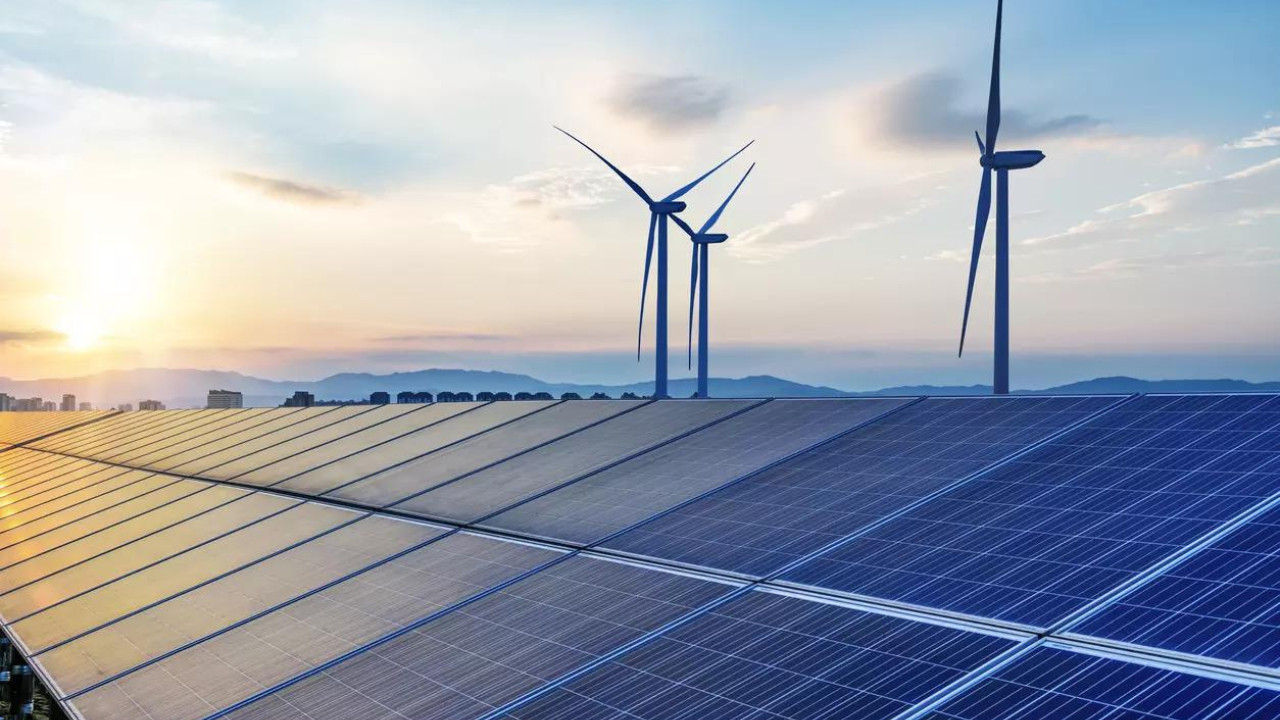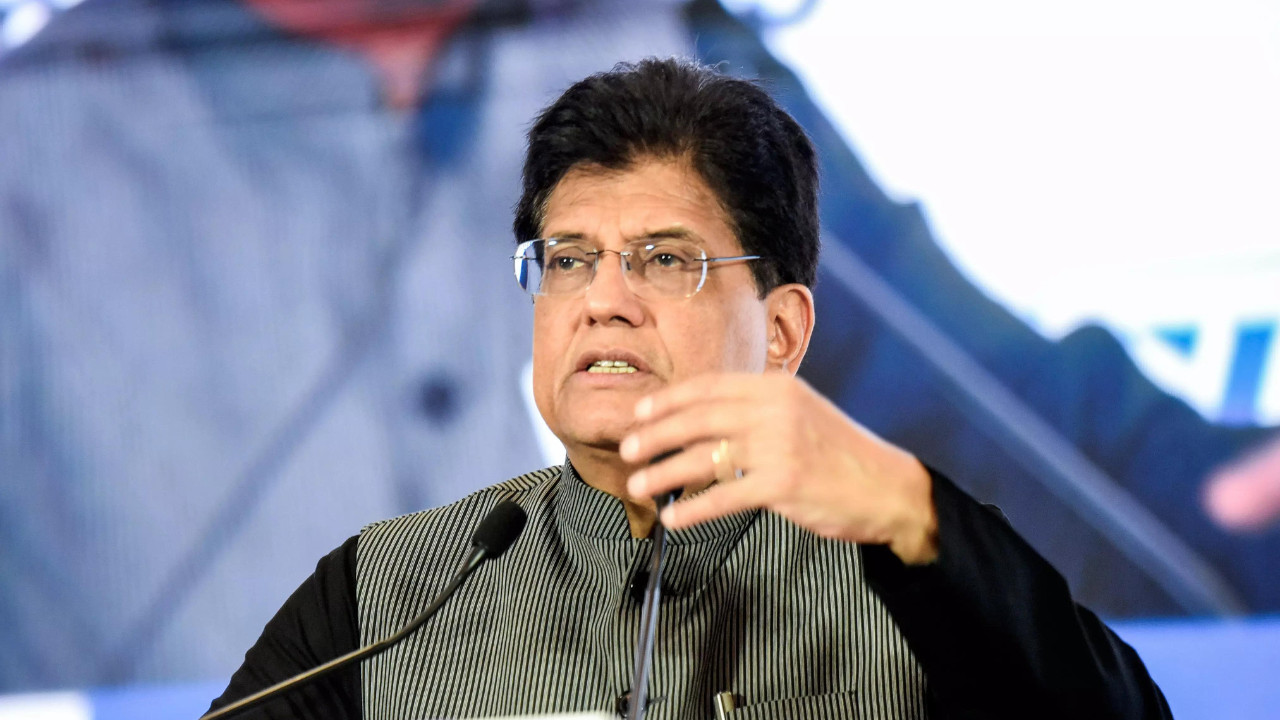Coal India Limited experienced a nearly 10% drop in production during October, reaching 56.4 million tonnes, as operations faced a slump due to weak demand and post-monsoon issues. Coal offtake also saw a decline of 5.9%. For the April-October period, output fell 4.5% year-on-year. Sanoj Kumar Jha has taken over as interim Chairman-cum-Managing Director.
Coal Production Dips: Is This Just a Seasonal Hiccup?
The hum of India’s industrial engine often masks subtle shifts in the rhythm of its fuel supply. October brought one such shift into sharper focus: a noticeable drop in coal production. Coal India Limited (CIL), the behemoth responsible for the lion’s share of the nation’s coal output, reported a 9.8% decrease in production compared to the same month last year. Is this a cause for concern, or simply a temporary lull after the monsoon surge? Let’s dig deeper.
The numbers tell a story. CIL’s production clocked in at 49.28 million tonnes (MT) in October, a significant step down from the 54.64 MT produced in October of the previous year. Similarly, coal offtake, the amount of coal dispatched to consumers, also showed weakness, dipping to 52.77 MT compared to 56.38 MT in October 2023. This dip raises some eyebrows, especially considering India’s ever-growing energy demands.

Deciphering the Drop in Coal Output
The official explanation points towards a post-monsoon slowdown. The monsoon season often disrupts coal mining operations, leading to a surge in production immediately afterward to compensate. However, this year, the post-monsoon rebound seems to have lost some steam. The lull in demand from power plants, traditionally major consumers of coal, could be another contributing factor. Perhaps they are drawing down their existing stockpiles before restocking.
But are there other factors at play? Could infrastructure bottlenecks be hindering transportation, leading to reduced offtake and, consequently, decreased production? Are alternative energy sources, like renewables, starting to make a dent in coal’s dominance, leading to lower demand? These questions deserve further investigation. It’s crucial to understand the underlying dynamics to ensure a stable and reliable energy supply for the nation’s economic growth.
Implications for India’s Energy Security
Coal remains a cornerstone of India’s energy mix, fueling a significant portion of its power generation. Any sustained decline in coal production could have ripple effects across various sectors. Power shortages could hamper industrial activity, disrupt supply chains, and ultimately impact economic growth.
The government has been actively promoting increased coal production to meet the country’s growing energy needs and reduce reliance on imports. Initiatives to enhance mining efficiency, streamline environmental clearances, and improve transportation infrastructure are all part of this effort. However, these efforts need to be accelerated and fine-tuned to address the challenges highlighted by the recent production dip.
For context, it’s worth remembering the government has set ambitious targets for coal production, aiming to achieve self-sufficiency in the coming years. This necessitates a multi-pronged approach, including exploring new coal blocks, optimizing existing mines, and embracing technological advancements to improve productivity and reduce environmental impact. You can explore similar government initiatives by reading more about India’s [renewable energy goals](internal-link-to-relevant-article).
Looking Ahead: Navigating the Energy Transition
The recent dip in coal production serves as a timely reminder of the complexities of India’s energy landscape. While coal continues to be a crucial fuel source, the nation is also committed to transitioning towards a cleaner and more sustainable energy future. Balancing these competing priorities requires careful planning, strategic investments, and a proactive approach to address potential challenges.
The key lies in diversifying the energy mix, promoting energy efficiency, and investing in renewable energy sources. This will not only enhance energy security but also contribute to a greener and more sustainable future for India. The journey towards a balanced energy portfolio requires constant monitoring, adaptation, and a willingness to embrace innovation. The October figures might just be a blip on the radar, but they warrant a closer look to ensure India’s energy future remains bright.







